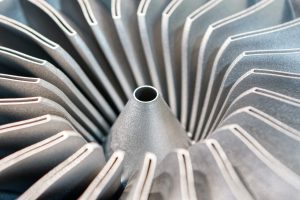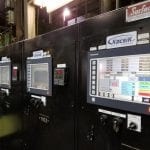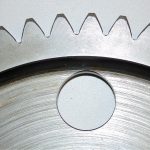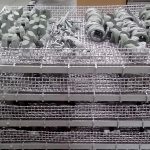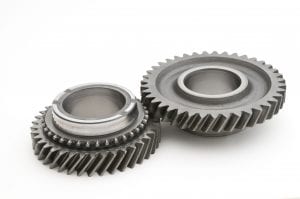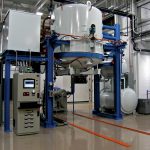For those of you who work in heat treat every day, this will be nothing new; however, it will be an attempt to assist you in getting what you need with the right information to help inform the front office that every maintenance dollar is well spent.
With the awareness that far more technical and mechanical details are available, the focus of this article will be an overall view of the need for maintenance and the minor financial impact preventative maintenance programs have versus the cost of emergency repairs and shutdowns.
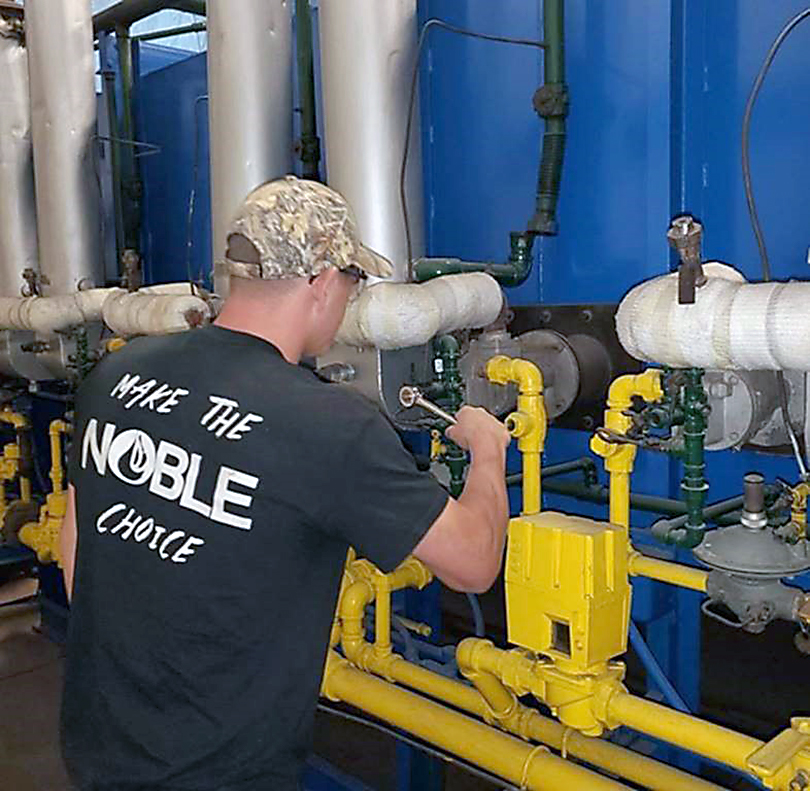
The right plan
For the most part, maintenance should be preventative, predictive, and scheduled. The right preventative maintenance plan can offer increased performance and efficiency while minimizing downtime.
There is a myriad of ways the proper equipment can assist in maintenance schedules, whether that be with automatic notifications, alerts, and reminders or checklists, check boxes, red lights, yellow lights, and green lights. This can also include required quality control and standards-compliant forms automatically forwarded to your attention.
The bottom line is everyone knows how critical maintenance is. A well-maintained machine is an online machine. Everyone also knows how cost effective it is — spend a little now, so you spend less later. And, more to the point, everyone knows it makes perfect sense.
So, why is it necessary to discuss the importance of maintenance at all? In short, because we are overwhelmed every day with reminders and alerts of tasks that need to be done with the constant pressure of actually getting those tasks done. There are too many things to do and not enough hours in the day — and people on the job — to get it all done.
Unfortunately, that often means the notification for annual maintenance review is swiped away, the alert to contact maintenance personnel is canceled, and reminders for scheduling a preventative maintenance are ignored. Why? Because, inevitably, we all know another one will pop up. We can tackle that another day. There is a backlog of product that needs to be processed, and taking a furnace offline means that machine is down and not contributing the amount of heat treating that needs to get done.
In effect, heat-treat maintenance slows us down.
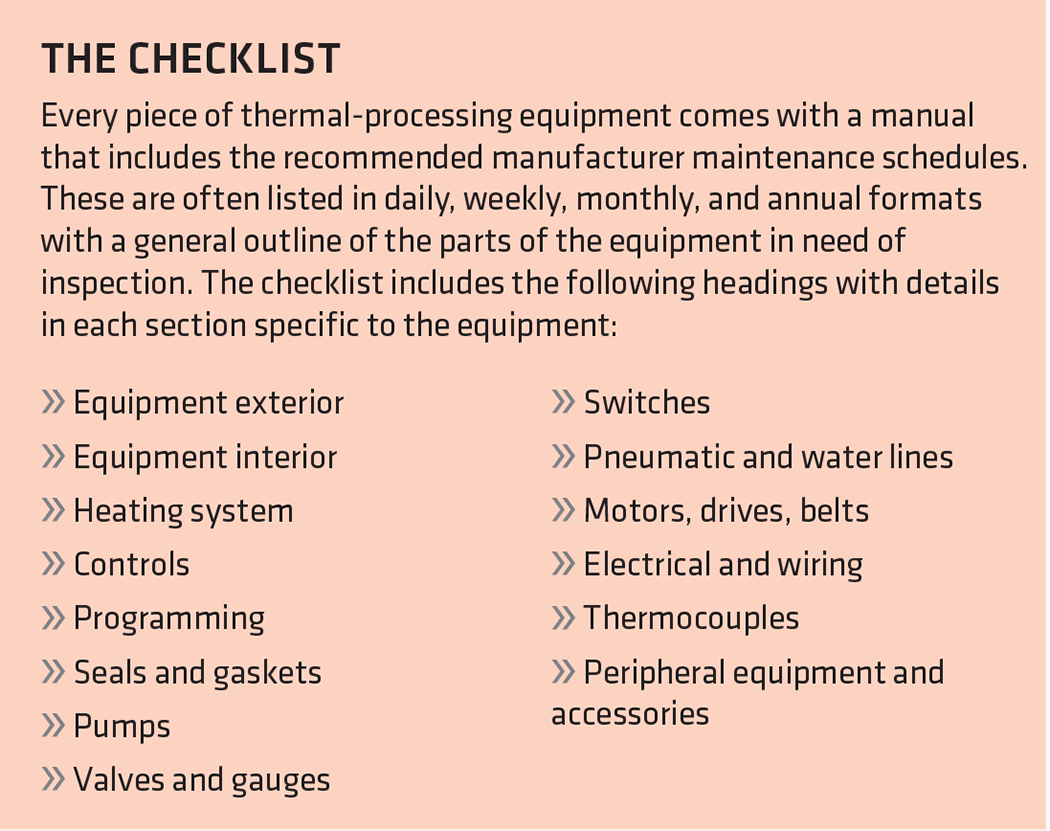 Numbers game
Numbers game
Like it or not, most of the time it all comes down to the numbers.
The less often equipment is shut down, the more income it generates. The more efficient it is, the less expense it takes to operate it. The more product in the production line, the less time we have available to maintain the equipment.
But, in order for you to get the most out of your equipment, it is vital that you allow some slack time to schedule downtime, power off, and take care of things. Again, it makes perfect sense, so why don’t we do it?
“The irony is that we achieve far more in the long run when we have slack … an absence of slack is unsustainable. Inevitably, we end up needing additional resources, which have to come from somewhere.” — Farnam Street

New equipment
Preventative-maintenance services are often offered as part of a new equipment proposal and should be included at the time of purchase. Adding the cost of maintenance services into your capital equipment purchase order allows for a more accurate amortization schedule for the equipment.
Owning and properly caring for a piece of equipment requires knowledge of its purpose and process, as well as its life expectancy, how it functions, and most importantly, it’s performance and productivity. Every good operator is aware of that simple fact. The more familiar you are with it, the better you are able to care for it. You need to know its history.
In some heat-treat departments, the same pieces of equipment have been in use for decades, outlasting the majority of their operators. Oftentimes, the individuals who oversaw the development of the heat-treat process and purchase of the necessary equipment have retired or moved on. Plus, with COVID-19, the industry suffered a major loss with the changes in the work force due to illness, shutdowns, and layoffs. Many pieces of heat-treat equipment have lost their “story” of operation, along with the volumes of information available from operators and in-house maintenance teams.
Taking the time to perform a thorough maintenance inspection on your equipment can help you continue, or, in some cases, even begin, writing that story. Most heat-treat equipment manufacturers offer this maintenance inspection service if you do not have the people in-house to complete it.
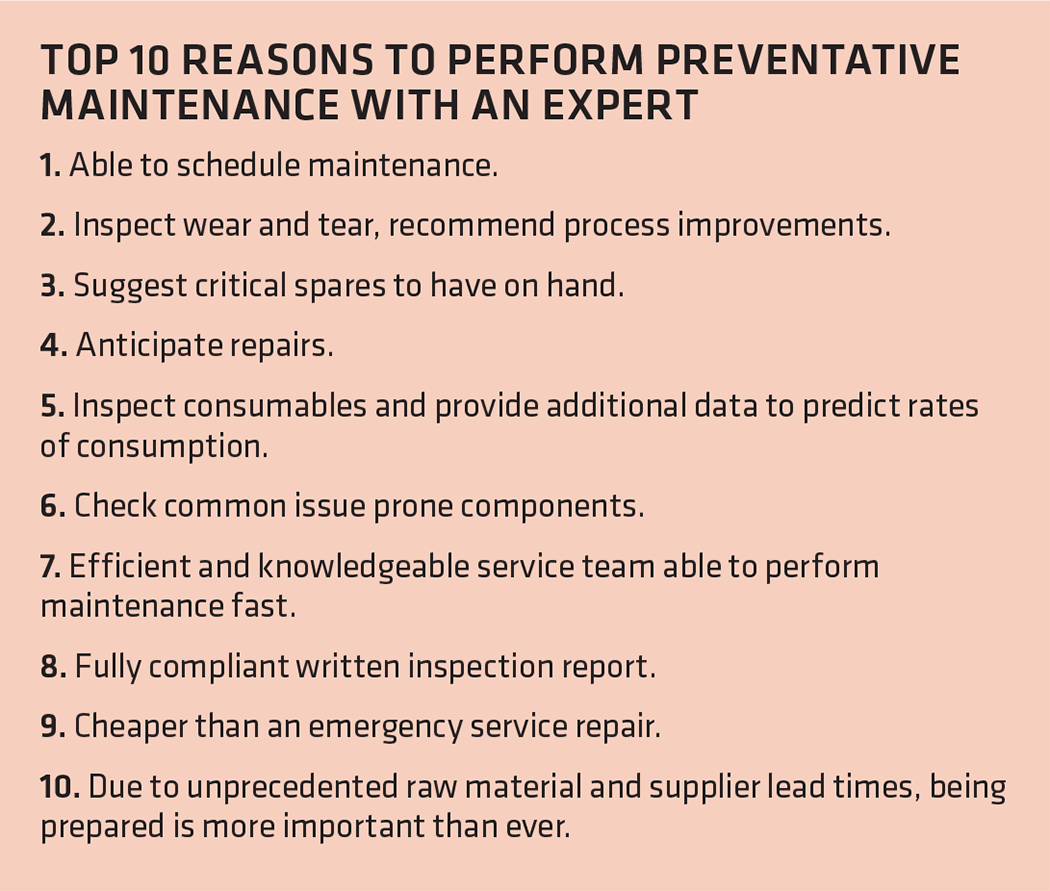 Share your records
Share your records
If equipment records have been well kept, but you are unable to allocate personnel to perform preventative maintenance due to restructuring, when you bring a service team in, make sure to share those records with the individuals completing that inspection — ideally, before the team even comes on site. That way, possible repairs can be anticipated, and the service team can arrive on site with necessary materials to complete minor repairs while the furnace is down.
Additionally, collected predictive-maintenance support data can be reviewed alongside production and process details by experienced service personnel to further refine customized maintenance schedules as well as anticipate future repairs. Contact your preferred maintenance vendor to discuss formats and methods to communicate this information while protecting and/or excluding confidential information.
When you hire an outside service team to complete preventative maintenance, there is a potential two-fold benefit for your production line:
1. The equipment is offline at a scheduled down time for the least amount of time possible.
2. Your employees have time to complete other tasks, such as annual certifications or training requirements.
It’s not rocket science, but then again, where would rockets be without us?














